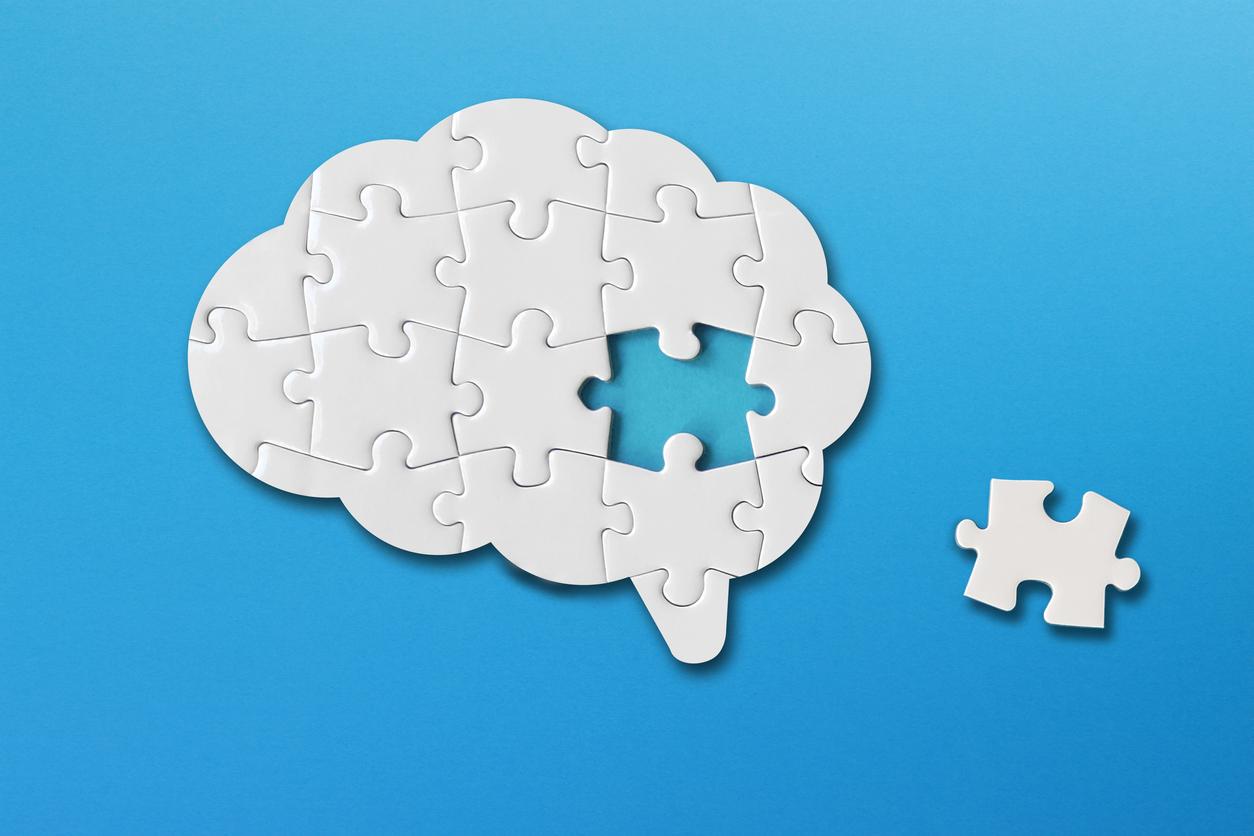Being physically and mentally active could slow the development of frontotemporal dementia in genetically predisposed people.

Frontotemporal dementia, or FTD, is the most common form of dementia in people under the age of 65. It represents 5 to 15% of all cases of dementia. It can interfere with personality, decision-making, language, or movement abilities, and usually appears between the ages of 45 and 65. It often results in rapid cognitive and physical decline and death within 10 years. Unfortunately, there is currently no medicine to treat it. Now, however, researchers have found that a physically and mentally active lifestyle confers resilience to this neurodegenerative disease, even in genetically predisposed people. The results of this study appeared in the magazine Alzheimer’s and Dementia.
“There is incredible variability in FTD, even among people who have the same genetic mutations that cause their disease. Some people are simply more resilient than others for reasons we don’t yet understand”, explains Kaitlin Casaletto, member of the Weill Institute of Neurosciences at the University of California (USA) and author of this study. “Our hypothesis was that the activities people engage in every day of their lives could contribute to the very different trajectories we see in the clinic, including when disease develops and how it progresses,” she continues.
She and her colleagues therefore studied how the lifestyles of 150 people with dominant genetic mutations affected disease progression. All participants underwent baseline MRIs to measure the extent of brain degeneration caused by the disease, memory and thinking tests, and were presented with their current level of daily cognitive and physical activity (reading, time spent with friends, jogging, etc.). At the same time, their family members were assessed regularly. Then, these operations were repeated during annual follow-up visits. After two or three visits, the researchers began to see significant differences in the speed and severity of FTD between the most and least mentally and physically active participants.
The fate of the sick ‘may not be carved in stone’
In detail, they found that functional decline was 55% slower in the most active 25% of participants compared to the least active 5%. One year into the study, despite showing signs of atrophy on brain imaging, the most mentally and physically active participants had twice the cognitive scores of the least active. Thus, a person’s lifestyle can slow the symptoms of the disease and provide some form of cognitive resilience to the consequences of brain degeneration.
“It is a devastating disease in the absence of good medical treatments, but our results suggest that even people with a genetic predisposition for FTD can still take steps to increase their chances of living a long and productive life. . Their fate may not be carved in stone,” enthuses Kaitlin Casaletto.
Now, the researchers expect to see even greater differences in cognitive decline between the more and less active groups as the study continues. “We’ve seen such significant effects in just the first year or two in people with very mild disease — if these results hold true, we could see that an active lifestyle puts individuals on a different trajectory for the years to come”, explains Kaitlin Casaletto.
Embrace more productive lifestyles
Soon, scientists will include more detailed and objective assessments of participants’ physical and mental activity, such as fitting them with wearable FitBit activity sensors, so they can understand how much activity is needed to promote cognitive resilience.
So far, the study has only shown a correlation, the researchers concede. “It is possible that some participants have a less active lifestyle because they have a more severe or aggressive form of FTD, which already influences their ability to be active. Clinical trials that manipulate cognitive and physical activity levels in people with FTD mutations are needed to prove that lifestyle changes can modify disease course,” admits Casaletto. But while these results aren’t definitive, she hopes they will encourage care teams and people with a family history of FTD to adopt more productive lifestyles.
“We can see that lifestyle differences influence the resilience of people with FTD despite having very penetrating genetics, so we can now start asking more fundamental questions, like how these behaviors actually affect brain biology. to provide that resilience. Is this biological effect something we could replicate pharmacologically to help slow the progression of this terrible disease for everyone,” she enthuses.
Alzheimer’s and physical activity
The results of this study support many findings that physical exercise is one of the best ways to prevent or slow down Alzheimer’s, the most common form of dementia worldwide. Recently, researchers finally understood why regular activity could prevent cognitive decline. Their work shows that irisin, a hormone released in the body when we play sports, also promotes neuronal growth in the hippocampus of the brain, a region that plays an essential role in learning and memory.
“All of these results suggest that irisin could be exploited to find a new therapy to prevent or treat dementia in humans. In the meantime, I would definitely encourage everyone to exercise, to promote brain function and overall health,” concludes Ottavio Arancio, lead author of the study and a researcher at the Vagelos College of Physicians and Surgeons of Columbia University.

.
















